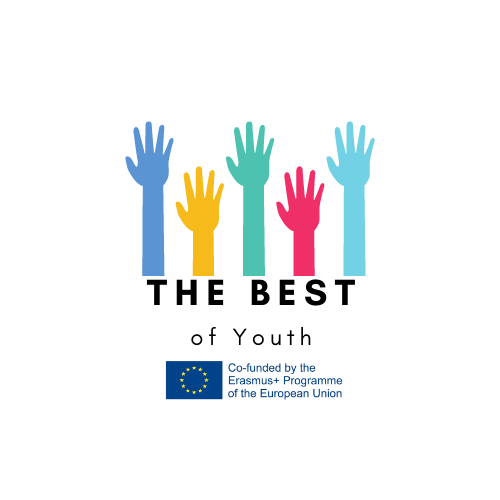
Project Reference: 617756-EPP-1-2020-1-IT-EPPKA2-CBY-ACPALA
Start date 01-12-2020 End date 31-01-2023
Eu Grant 100.250,00 €
Programme Erasmus+ Key Action Cooperation for innovation and the exchange of good practices
Action Type Capacity Building for youth in ACP countries, Latin America and Asia
Countries covered 6
https://erasmus-plus.ec.europa.eu/projects/search/details/617756-EPP-1-2020-1-IT-EPPKA2-CBY-ACPALA
Summary
In last years, members and staffs of the organizations involved collected an expertise of best practices, experiences, instruments in non profit and Youth fields that is a patrimony to not to lose and that can be the driving force of new actions and projects.Through this expertise, lots of organizations involved in non profit and youth fields today register some fundamental problems about young generations:- young people in general are often identified in negative terms,- frequently, in mass media storytellings, young people are conneted only to problems about job insecurity, life precarity, unemployment, familiar instability,- often they are mentioned as generations of social network life, without having moral and ethic values of previous generation.This kind of narration, also if sometimes is connected to facts and reality, often assumes a predominant and unlimited dimension, with some dangerous effects:- the general image of young generation is basically negative, because young people today are identified as the generation of precarity, of values crisis, of cultural poor levels,- lot of young people “absorb” this image of themselves, in this way losing trust in the future, confidence in being satisfied from their committments in differnt aspects of life,- scepticism, for lot of young people, to having the possibility of changing the world around them, about their personal lives but also about collective paths and communities, so, as consequence, the increasing of individualism attitude, with less attention to common good and the spreading of the mistrust to others, to who’s considered “different”, to changes.But in spite of this negative image, In the world there are lots of young people with good ideas, with innovating projects, with positive experiences. So, it is fundamental to change the predominant narration of young generations, to clip over cliches about young people, for promoting the positive narration and letting know best pracices, virtuos experiences and innovative ideas born by young generation, with particular focus on non profit fields. In this way the project aims to promote a positive narration to the people in general, promoting role models that will stimulate activation and initiative spirit.For reaching that purposes, the project foresees local and international activities, in particular:- identifying and mapping best practices and innovating experienes in non profit fields created by young people in countries involved,- creating a web platform able to collect and promote the role models;- realising two mobility events (a Training Course and a Youth Exchange) aimed to give youth workers and young people instruments and skills for realising positive and innovating ideas and projects,- realising a Capacity Building international event for improving the network between the partners and for creating together new projects for promoting positive attitude and initiative spirit of young people, for young people.
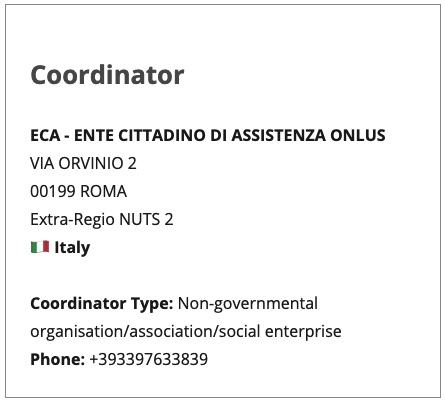
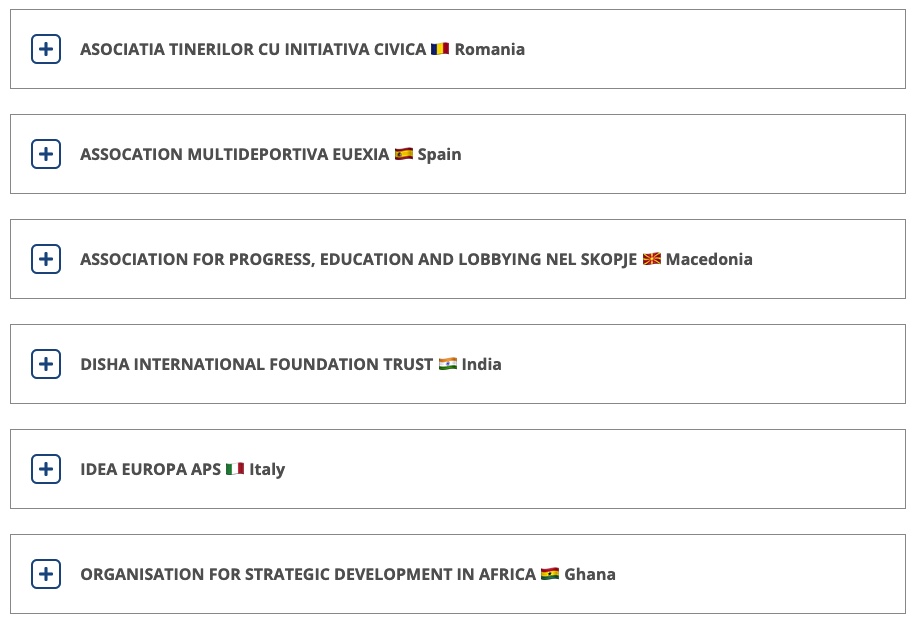
PARTE DA BUCAREST IL PROGETTO “THE BEST OF YOUTH” PENSATO CON E PER I GIOVANI
Press release Kick off meeting “The Best of Youth”
Il giorno 18 febbraio si è tenuto a Bucarest il Kick-off meeting, che ha visto la partecipazione del personale di staff delle associazioni promotrici del progetto finanziato dalla Commissione Europea The
Oltre il coinvolgimento dello staff di IDEA EUROPA, co-coordinatore insieme ad ECA del progetto, il meeting ha visto la partecipazione di partner europei ed extra-europei provenienti da: Romania, Macedonia del Nord, Spagna, India e Ghana, e nasce per definire le migliori pratiche da mettere in campo durante l’arco della vita del progetto, al fine di garantire la massimizzazione dei risultati e l’implementazione di attività di qualità pensate con e per i giovani che costituiscono il cuore del progetto.
Infatti, la proposta nasce con la missione di incentivare una narrazione positiva dei giovani attraverso la promozione di role models di successo, di contrasto ad un’immagine negativa usualmente diffusa.
<<I giovani possono essere un forte motore per la ripartenza delle economie mondiali, e per lo sviluppo della società, rappresentano il futuro e meritano fiducia e supporto>>, queste le dichiarazioni del Presidente di IDEA EUROPA, che aggiunge <<Abbiamo la straordinaria opportunità di imparare da loro, se solo scegliamo di liberarci dai pregiudizi >>.
Le associazioni promotrici sono già all’opera per l’organizzazione dei prossimi eventi internazionali e locali che vedranno la partecipazione di giovani ed animatori socioeducativi.
STARTS FROM BUCHAREST “THE BEST OF YOUTH” PROJECT DESIGNED WITH AND FOR YOUNG PEOPLE
Press release Kick off meeting “The Best of Youth”
On February 18, the Kick-off meeting was held in Bucharest, which saw the participation of the staff of the associations promoting the project from the European Commission The Best of Youth:
In addition to the involvement of the staff of IDEA EUROPA, co-coordinator of the project proposal together with ECA, the meeting saw the participation of European and non-European partners from: Romania, North Macedonia, Spain, India and Ghana, and was created to define the best practices to be implemented during the life of the project, in order to ensure the maximization of results and the implementation of quality activities designed with and for the young people who form the heart of the project.
In fact, the proposal was born with the mission of encouraging a positive narration of young people through the promotion of successful role models, in contrast to a usually widespread negative image.
<< Young people can be a strong engine for the restart of world economies, and for the development of society, they represent the future and deserve trust and support >>, these are the statements of the President of IDEA EUROPA, who adds << We have the extraordinary opportunity to learn from them, if only we choose to free ourselves from prejudices >>.
The promoting associations are already working to organize the next international and local events that will see the participation of young people and youth workers.
KICK-OFF MEETING 18/02/2022
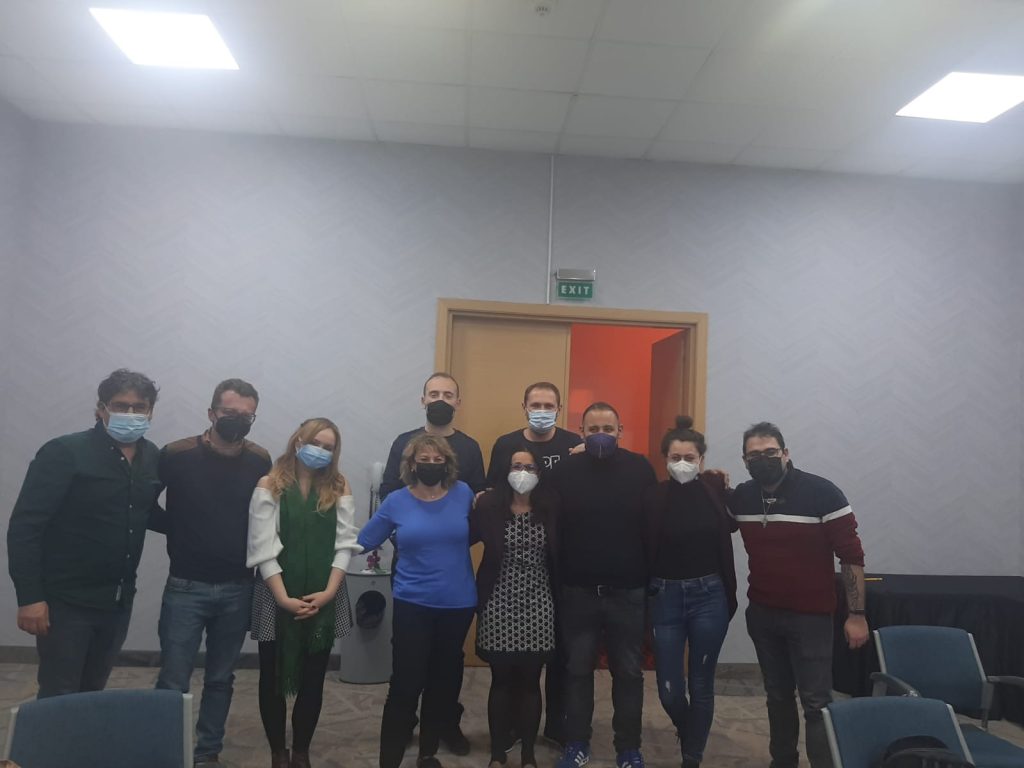
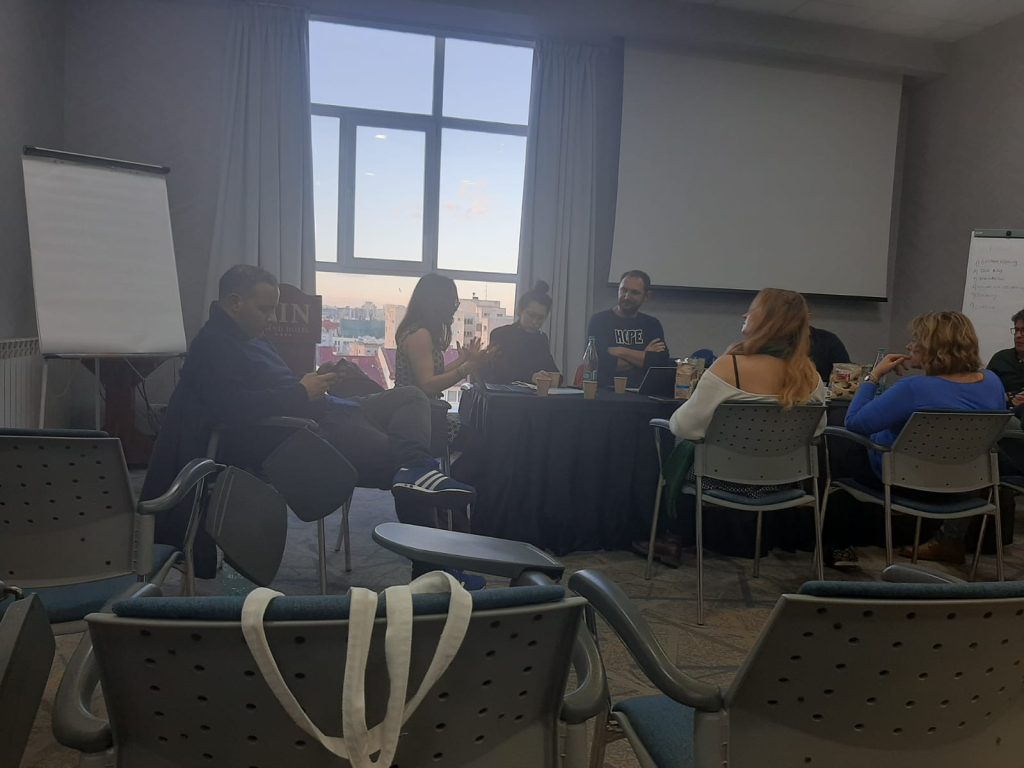
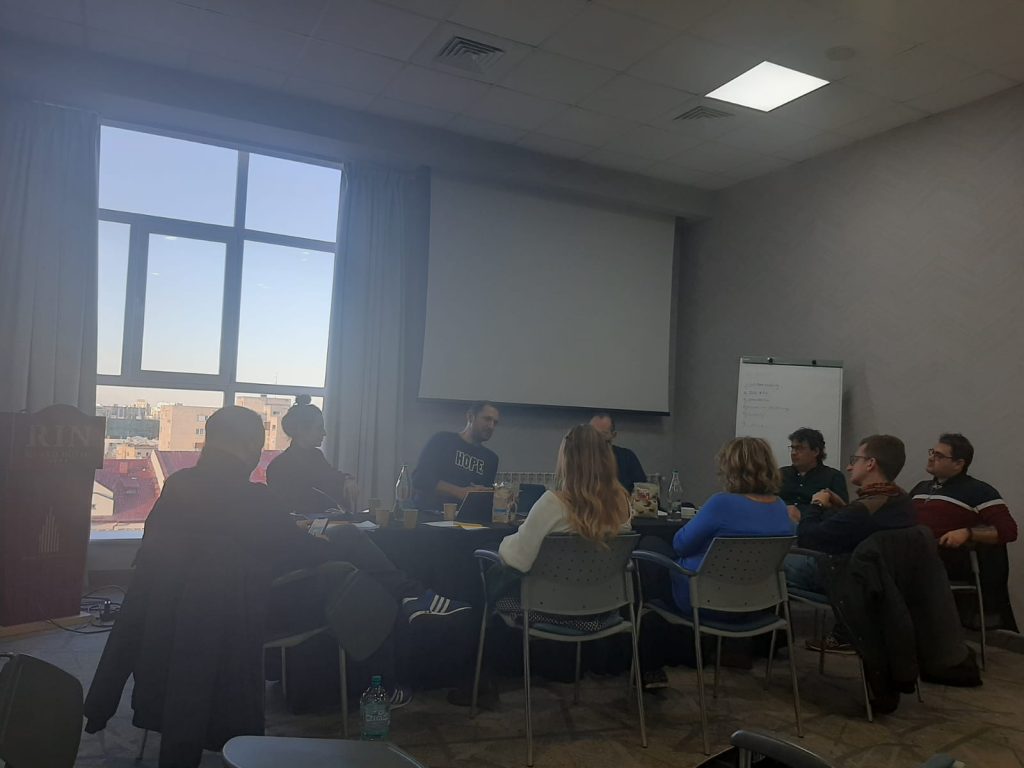
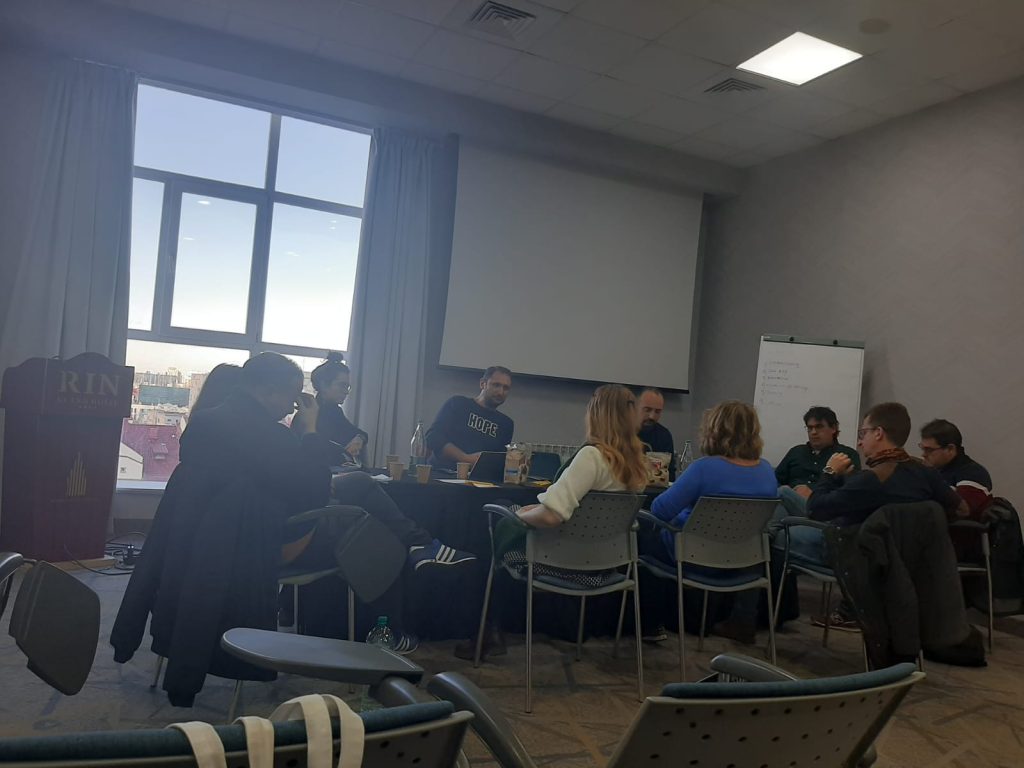
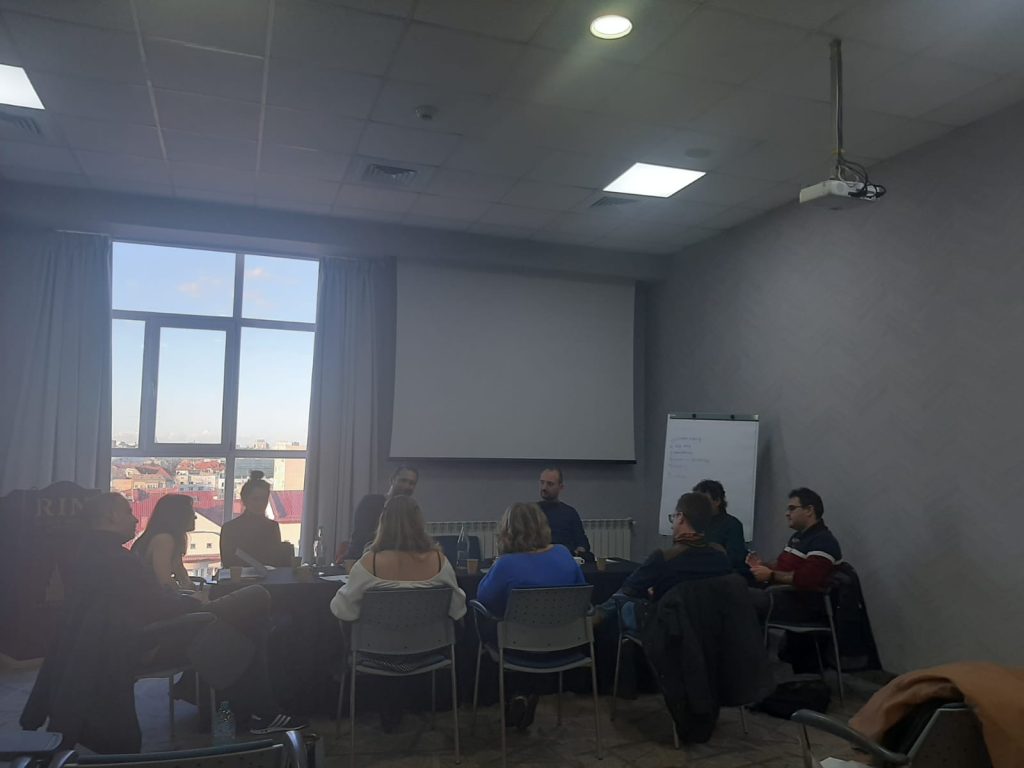
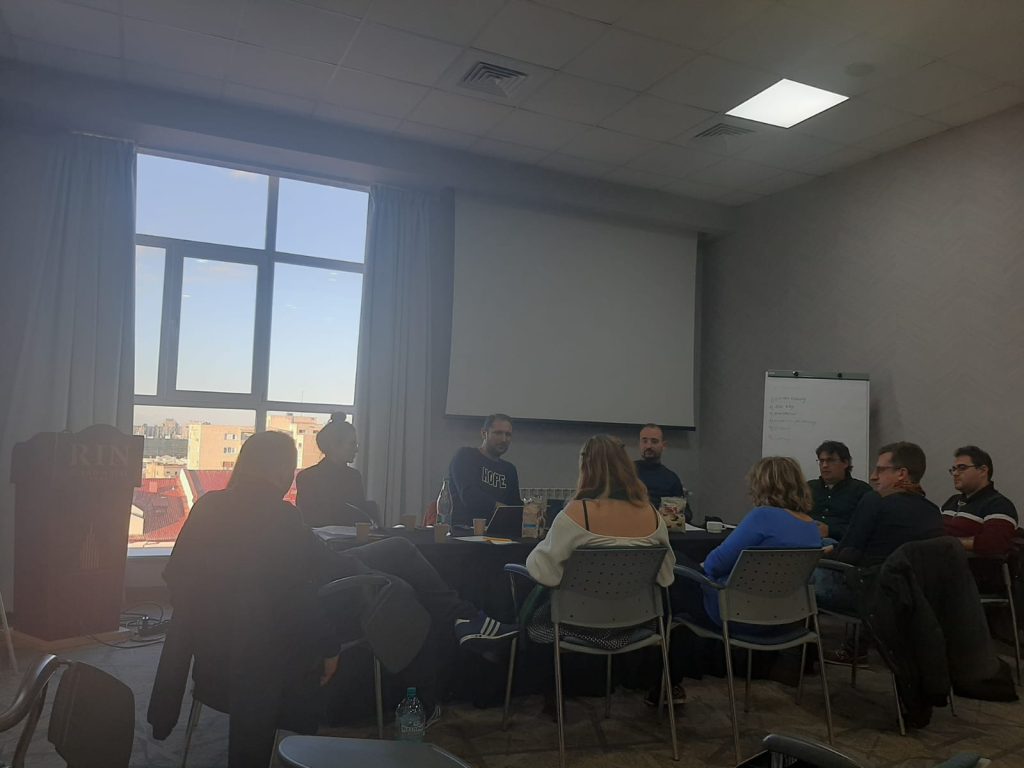
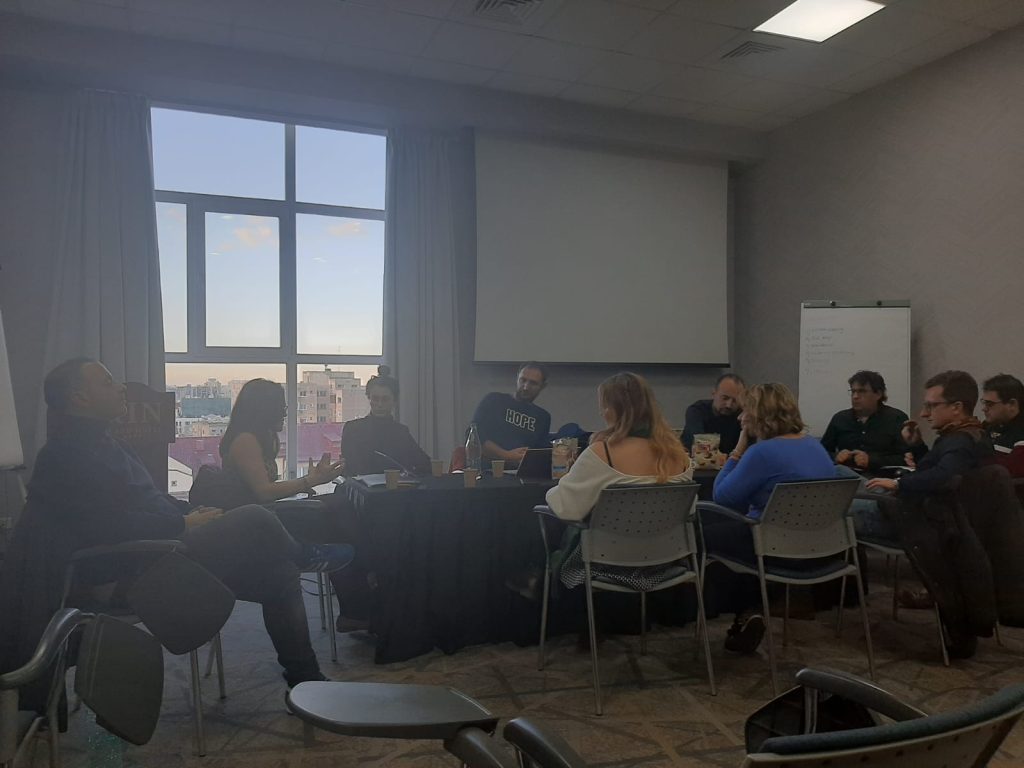
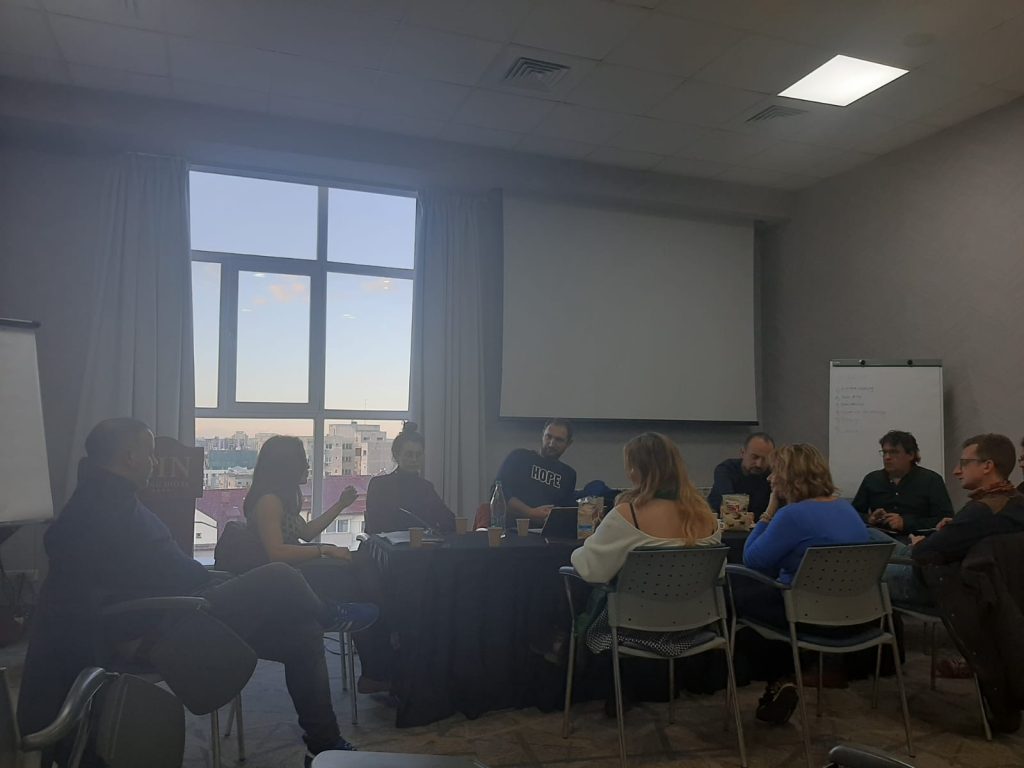
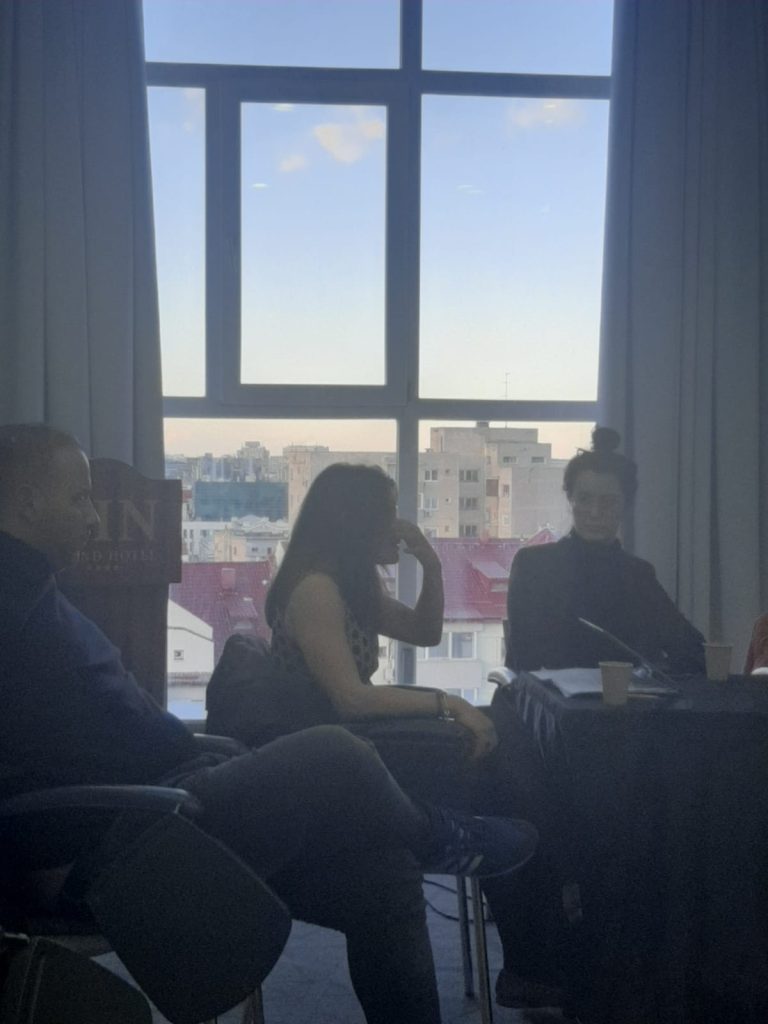
TRAINING COURSE ‘THE BEST OF YOUTH’ – ROMA
“Il training course “The best of youth” si è svolto dal 21 al 25 settembre 2022 a Roma. È stato sviluppato nell’ambito di un capacity building nel campo della gioventù e ha visto il coinvolgimento di partner provenienti da Italia, Macedonia del Nord e Spagna.
Per raggiungere i risultati attesi, i partecipanti partecipanti hanno preso parte a diverse attività di formazione, che si sono articolate nell’arco di cinque giornate di attività, attraverso metodi di apprendimento non formali (esercitazioni, confronti, simulazioni, dibattiti, ecc.), attraverso i quali i partecipanti acquisiranno abilità e competenze in materia di: progettazione e gestione di progetti nel settore non profit
La prima sessione è iniziata con la presentazione dei partecipanti. Sono state svolte diverse attività di “get to know each other” come la ripetizione dei nomi di ciascun partecipante e la condivisione di fotografie che li rappresentano per conoscersi meglio. Una volta rotto il ghiaccio, i partecipanti sono stati coinvolti in un’attività di gruppo e hanno identificato e discusso le caratteristiche che un youth worker positivo deve avere per essere percepito come un potenziale modello di ruolo per i giovani. Quando hanno finito di lavorare in gruppo, hanno dovuto decidere, in sessione plenaria, solo dieci caratteristiche tra tutte quelle indicate e il risultato emerso da questo confronto è stato quello di avere più soft skills (empatia, consapevolezza culturale, competenze comunicative) che hard skills.
Il giorno successivo, durante i primi momenti della mattinata sono stati organizzati energizer e giochi di ice breaking. Sono stati inoltre presentati gli obiettivi del progetto, i risultati attesi e quello che si vuole generare con questo training. Nella seconda parte della mattinata i partecipanti si sono divisi in due gruppi e hanno iniziato a lavorare su come creare un progetto (specificando il target group, obiettivo generale e quelli specifici). Una volta hanno condiviso le sue idee, hanno continuato a lavorare su come implementarlo, cercando partner che avessero gli stessi interessi del tema del progetto e progettando le attività da svolgere per raggiungere gli obiettivi. Così facendo, hanno avuto modo di utilizzare strumenti e canali che vengono utilizzati nel mondo professionale dell’europrogettazione, e messi a disposizione dalla Commissione Europea, come, ad esempio, Salto Otlas. I partecipanti hanno utilizzato questo strumento in modo pratico, strutturando un partenariato ideale per il progetto ideato nella precedente attività.
Il terzo giorno del training, tutti i partecipanti si sono cimentati in un’altra sfida concreta: divisi sempre in gruppi di lavoro, hanno ideato e sviluppato un meeting internazionale di progetto; hanno dovuto pianificare il numero dei partecipanti, immaginare una sala idonea prevedendo tutti gli strumenti necessari al buon svolgimento dell’incontro ed hanno inoltre dovuto identificare le figure chiave necessarie al buon andamento dell’evento stesso. Infine, hanno strutturato il budget ideale dell’incontro internazionale, seguendo le regole della rendicontazione della guida Erasmus+. In sessione plenaria, si è discusso dei lavori, i partecipanti si sono relazionati in modo attivo, con spunti e consigli per il miglioramento delle attività. Grazie poi all’evaluation finale, i partecipanti hanno dimostrato un grande interesse rispetto al tema e al contempo hanno evidenziato la difficoltà di prevedere ogni aspetto. Grazie a questa sessione, tuttavia, hanno avuto modo di implementare le loro conoscenze, applicando strumenti e skills sia logistiche/organizzatiche che sostanziali.
Inoltre, come successiva attività, a ciascun partecipante è stato assegnato in modo casuale un tema da sviluppare secondo le priorità orizzontali del programma Erasmus+ e così i partecipanti hanno avuto il tempo di conoscere la città intervistando in video le persone che hanno trovato per le strade di Roma. Hanno chiesto di trattare argomenti quali: il cambiamento climatico, la trasformazione digitale, la cittadinanza attiva, l’inclusione e la diversità, oltre che interviste rispetto al programma Erasmus +, e pure hanno proiettato i video di alcuni di loro.
Intervista sul Cambiamento Climatico e il programma ERASMUS + https://youtu.be/CcyDnHgMkqc
Per l’ultima sessione, il giorno dopo, tutti hanno condiviso le loro testimonianze e i loro video. Hanno avuto la possibilità di intervistare non solo persone provenienti dall’Italia, ma anche dalla Spagna e dall’Inghilterra, avendo così una visione generale di quanto le persone conoscessero gli argomenti in questione.
Intervista sulla Trasformazione Digitale e il programma ERASMUS + https://youtu.be/J1UHImjprRk
Infine, i partecipanti hanno lavorato a coppie sull’ultima attività prevista. L’obiettivo di quest’ultimo compito era quello di riflettere sui possibili rischi che si possono incontrare nell’implementazione di un progetto, tramite esempi concreti e reali che hanno estratto a sorte e mettendosi così nei panni di qualcun altro, cercando di pensare a una possibile soluzione. IN questo modo hanno potuto toccare con mano l’importanza di una buona analisi dei rischi ma soprattutto sviluppare capacità di problem solving.
Il training si è concluso con un’evaluation dei partecipanti e molti di loro hanno manifestato la volontà di iniziare a scrivere un progetto o seguirne la gestione. Questo risultato è un successo, perché centra pienamente la mission del training course e porta così grande soddisfazione all’ente promotore, ai suoi partner ed a tutto lo staff.”
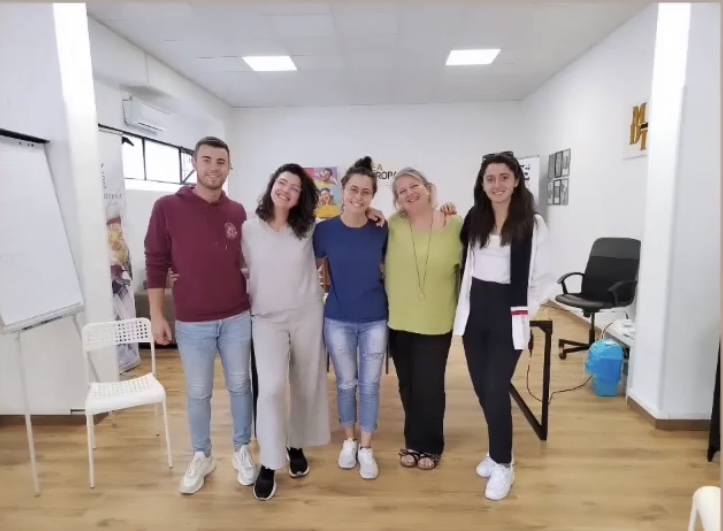
TRAINING COURSE ‘THE BEST OF YOUTH’ – ROMA
`The training course ‘The best of youth’ took place from the 21st to the 25th of September 2022 in Rome. It has been developed within the framework of capacity building in the youth field and it has seen the involvement of partners from Italy, North Macedonia and Spain.
In order to achieve the expected results, the participants took part in several training activities over five days which involved the use of non-formal learning methods (exercises, comparisons, simulations, debates, etc.), by means of which the participants will acquire skills and competences in the field of design and project management in the non-profit sector.
The first session began with an introduction of the participants. Several ‘get to know each other’ activities were carried out, such as repeating the names of each participant and sharing pictures that represent them in order to know each other better. Once the ice was broken, they were involved in a group activity and they identified and discussed the characteristics that a positive youth worker must have in order to be perceived as a potential role model for young people. When they finished working in groups, they had to decide in plenary session on only ten characteristic out of the total of those listed, and the result that emerged from this comparison was that they had more soft skills (empathy, cultural awareness, communication skills) than hard skills.
On the following day, energizers and ice-breaking games were played during the first moments of the morning. Furthermore, the objectives of the project, the expected results and what is intended to be generated with this training were also presented. In the second part of the morning participants split into two groups and started working on how to create a project (specifying the target group, the general objective and the specific ones). Once they had shared their ideas, they continued working on how to implement it, looking for partners who had the same interests as the project subject and designing the activities to be carried out to achieve the objectives. By doing so, they were able to use tools and resources that are used in the professional world of Europlanning and that are provided by the European Commission, such as, for instance, Salto Otlas. The participants used this tool by doing this in a practical way, structuring an ideal partnership for the project conceived in the previous activity.
On the third day of the training, each participant took on another specific challenge: once more, they weredivided into working groups, they designed and developed an international project meeting; they had to plan the number of participants, imagine a suitable room with all the tools necessary for the meeting to run smoothly, and they also had to identify the key figures necessary for the event to run smoothly. Last but not least, they structured the ideal budget of the international meeting, following the reporting rules of the Erasmus+ guide. In the plenary session, the work was discussed and the participants actively reported on their work by doing, with ideas and tips for improving activities. Thanks to the final evaluation, the participants showed great interest in the topic and at the same time highlighted the difficulty of anticipating every aspect. Thanks to this session, however, they were able to implement their knowledge by doing, applying both logistical/organisational and substantive tools and skills.
Moreover, as a subsequent activity, each participant was randomly assigned a topic to be developed according to the horizontal priorities of the Erasmus+ Program and so participants had time to get to know the city by doing video interviews with people they found on the streets of Rome. They were asked to cover topics such as: climate change, digital transformation, active citizenship, inclusion and diversity, as well as interviews in relation to the Erasmus+ Program, and they also recorded videos of some of them.
Interview about Climate change and ERASMUS + https://youtu.be/b1TksbI0V5I
For the last session, the very next day, everyone shared their testimonies and videos. They had the opportunity to interview not only people from Italy, but also from Spain and England, thus gaining an overview of how much people knew about the topics in question.
Finally, the participants worked in pairs on the last scheduled task. The objective of this last task was to reflect on the possible risks one might encounter when implementing a project, by means of concrete, real-life examples that they drew by lot and therefore putting themselves in someone else’s shoes, trying to think of a possible solution. By doing this, they were able to experience first-hand the importance of a good risk analysis but above all to develop problem solving skills.
The training concluded with an evaluation of the participants and many of them expressed their willingness to start writing a project or follow its management. This result is a success, because it fully meets the mission of the training course and thus brings great satisfaction to the promoting entity, to its partners and to the staff as a whole.’
The Best of Youth – Blended Youth Exchange
A novembre 2022 si è tenuto lo scambio giovanile previsto nel progetto The Best of Youth, guidato dall’Associazione ECA. La partnership ha deciso di svolgere l’attività di progetto in modalità Blended, ossia attraverso il collegamento online dei diversi gruppi di partecipanti, mentre il gruppo italiano si è ritrovato in presenza.
Durante lo scambio sono state utilizzati strumenti di lavoro diversi, alternando sessioni zoom di scambio di esperienze e buone pratiche, e lavori effettuati da remoto da ciascun gruppo nazionale.
L’attività è stata incentrata sul tema del confronto e dello scambio tra le esperienze individuate come role models, cercando di estrapolare i tratti comuni e le differenze, per arrivare a costruire la base contenutistica del documento “Positive role models for youth: characteristics and perspectives”, finalizzato a diffondere elementi e idee per migliorare la narrazione delle esperienze e dei modelli positivi per le giovani generazioni negli ambiti non profit.
Durante lo scambio ciascun gruppo ha introdotto le diverse esperienze individuate in tema di role models giovanili, contribuendo al lavoro assembleare di individuazione delle caratteristiche fondamentali dei role model presentati. I gruppi hanno poi lavorato su un’idea di progetto da realizzare in tema di promozione delle politiche per i giovani. C’è stato spazio per un approfondimento condiviso sulle problematiche che influenzano la narrazione negativa dominante delle giovani generazioni.
Infine il gruppo ha lavorato insieme riflettendo su possibili accorgimenti che possono essere utilizzati, in tema di politiche giovanili, per promuovere una contro-narrazione positiva. Infine, ha identificato i punti fondamentali per il documento “Positive role models for youth: characteristics and perspectives”.
The Best of Youth – Blended Youth Exchange
In November 2022, the youth exchange planned in The Best of Youth project, led by the ECA Association, took place. The partnership decided to carry out the project activity in blended mode, i.e. through the online connection of the different groups of participants, while the Italian group met in presence.
Different working tools were used during the exchange, alternating between zoom sessions of exchange of experiences and good practices, and work carried out remotely by each national group.
The activity focused on the theme of comparison and exchange between the experiences identified as role models, trying to extrapolate the common features and differences, in order to build the content base of the document “Positive role models for youth: characteristics and perspectives”, aimed at disseminating elements and ideas to improve the narration of positive experiences and models for the young generations in the non-profit sphere.
During the exchange, each group introduced the different experiences identified on the topic of youth role models, contributing to the assembly work of identifying the fundamental characteristics of the role models presented. The groups then worked on a project idea for the promotion of youth policies. There was room for a shared discussion on the issues influencing the dominant negative narrative of the young generations. Finally, the group worked together reflecting on possible measures that can be used in the field of youth policy to promote a positive counter-narrative. Finally, it identified key points for the paper “Positive role models for youth: characteristics and perspectives”.
The Best of Youth – Closing Meeting
All’inizio del mese di dicembre 2022 si è tenuto il Closing Meeting del progetto The Best of Youth, Coordinato da ECA Onlus con il contributo della Commissione Europea.
Il Meeting ha consentito la prima valutazione e chiusura delle attività di progetto. Hanno partecipato projects managers e leaders delle organizzazioni coinvolte.
I partecipanti si sono focalizzati innanzitutto sull’analisi dei risultati e la valutazione della fase di implementazione. Hanno ragionato assieme su come rafforzare e rendere più efficaci le attività di disseminazione degli stessi.
Il meeting si è poi incentrato su alcune attività di Capacity Building, ossia l’approfondimento per l’individuazione di nuove idee progettuali in cui sarà coinvolto il consorzio, che possano riutilizzare, sviluppare e migliorare i contenuti del progetto attualmente realizzato; l’approfondimento per lo sviluppo di capacità in tema di comunicazione e disseminazione, attraverso lo scambio di buone pratiche e la condivisione delle esperienze.
Il meeting è stato l’occasione per la presentazione di tutte le attività realizzate.
The Best of Youth – Closing Meeting
The Closing Meeting of The Best of Youth project, coordinated by ECA Onlus with the contribution of the European Commission, was held at the beginning of December 2022.
The Meeting allowed the first evaluation and closure of the project activities. It was attended by project managers and leaders of the organisations involved.
The participants focused first of all on the analysis of the results and the evaluation of the implementation phase. They reasoned together on how to strengthen and make dissemination activities more effective.
The meeting then focused on some Capacity Building activities, i.e. the deepening for the identification of new project ideas in which the consortium will be involved, which can reuse, develop and improve the contents of the project currently implemented; the deepening for capacity building in communication and dissemination, through the exchange of good practices and the sharing of experiences.
The meeting was the occasion for the presentation of all implemented activities.
result
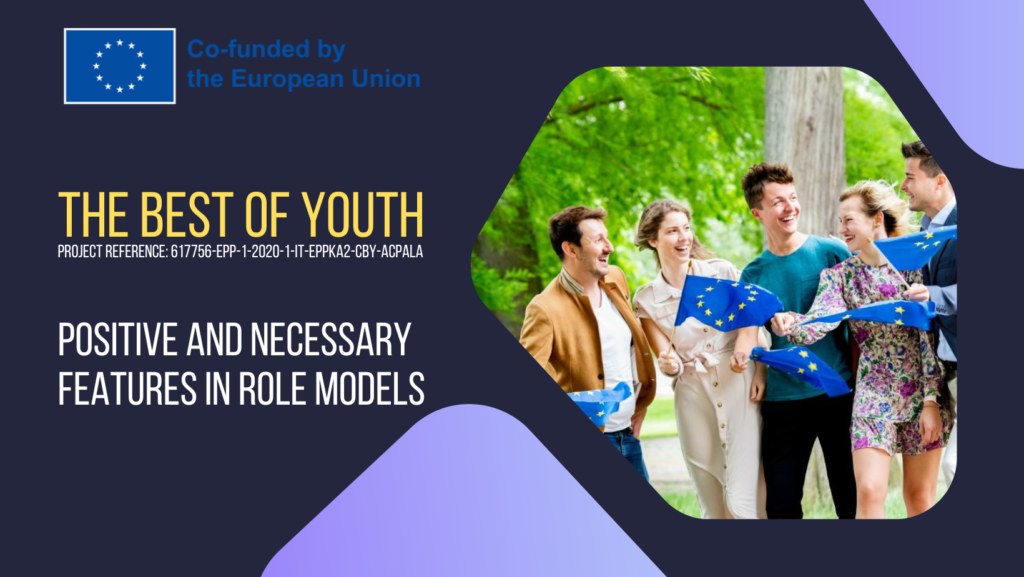
As during the discussion each group introduced the different characteristics identified in youth role models, this document aims to summarize all the role models’ qualities that were considered fundamental during the exchange.
1. Passion. First, a good and positive role model must be passionate about what he does and be able to
pass it on to other people. It is important to be passionate about our work.
2. Second, for a role model it is important to have high moral and ethical values. As a role model it’s
fundamental to support worthy causes and to help others to develop their own values and beliefs to
support. Role models need to be honest with themselves and with people who consider them as
such.
3. Role models must be confident in their work to have the ability to pass on security to others.
4. Willingness and commitment. Commitment is one of the characteristics of a role model that makes
them a good example. It means that they are trustworthy and worthy of admiration. To demonstrate
willingness means to have the ability to act and react to problems and contingencies. For young
people it is fundamental to have as role models people that does not allow itself to be knocked down
and who are reference points in case they lose their way in any sphere of life. Being able to overcome
difficulties and achieve one’s goals is a positive characteristic for a role model.
5. Another positive characteristic for a role model is to be respectful of others. They need to treat young
people as equals. Many times, role models feel themselves superior compared to others, and that’s
negative in any relationship. It’s fundamental to be always humble and to be aware that one can
always learn from others, beyond the social status or the work position.
6. Optimism is as important as the other qualities. It is unlikely that anyone would want to emulate a
pessimistic individual, so role models inspire others with a positive view of life. Optimists usually see
the best in things, even in negative ones, and they have the possibility to transmit this characteristic
to those inspired by them.
7. A role model must be service-oriented, for example they have to offer their time, their skills,
knowledge and experience to others. It’s important for a positive role model to be an active member
of a community and to act for its sake.
8. A good role model has the responsibility of his actions and of the results of his plans. Since nobody’s
perfect, it is important to recognize our own mistakes and to demonstrate to be able to recognize
them. That’s fundamental to do right the next time. Role models must have communication
capabilities to demonstrate their responsibility and learn from past experiences.
9. Role model’s accountability is important for self-improvement. The best way to growth and to
become a better person and professional is to be open to self-improvement thanks to mistakes, new
experiences. It is never too late to learn and change.
10. Last but not least, patience. Someone who remains calm and doesn’t make hasty decisions or
complete tasks in a hurry in challenging situations.
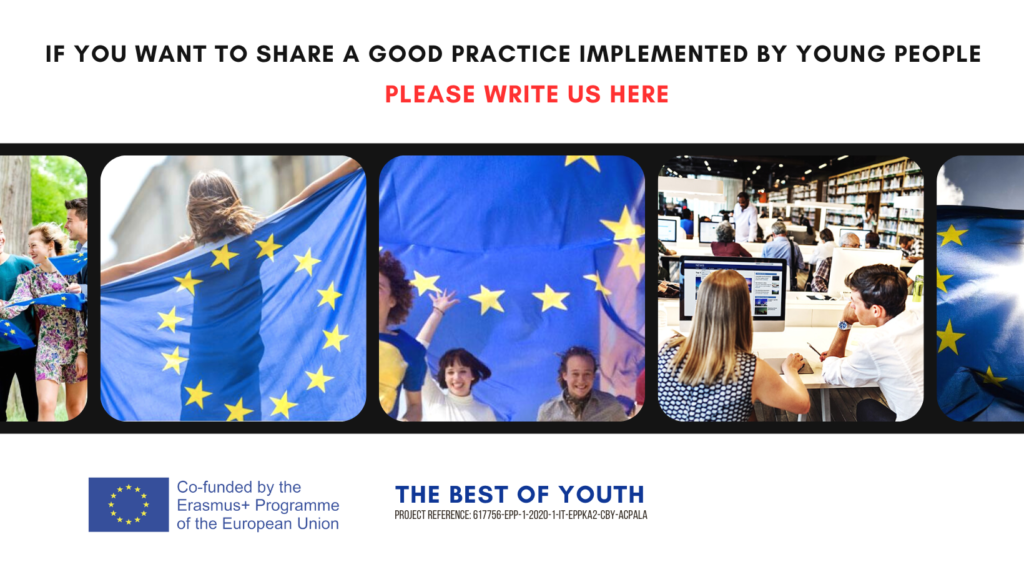
Mail ecaonlus@gmail.com
